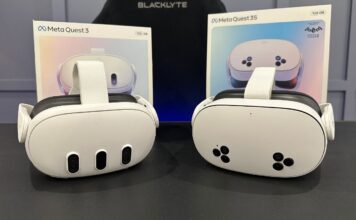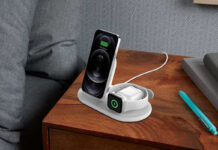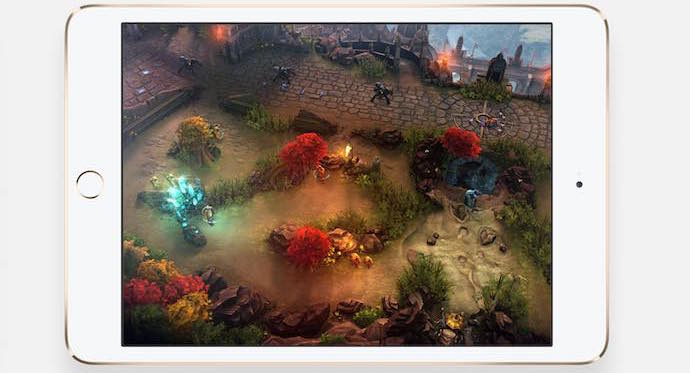
In response to a question posted in the Plug-in forum, I’m looking at low-cost, portable options for playing relatively low demand video games such as Minecraft.
The Caveat: Serious PC Gaming Requires a Gaming PC
Before delving into the details on this subject, it’s important to face a harsh fact. The kinds of PC games you typically see topping the best-sellers list will almost always have demanding hardware requirements. For example, take one of this year’s most hotly anticipated releases, Fallout 4. At a minimum, you’ll need a 2.8GHz Core i5, 8GB of RAM and Radeon HD 7820 or Nvidia GTX 550 Ti video card (both with 2GB of RAM).
That’s the minimum hardware to get you playing at low resolution with effects cranked down. To really enjoy the full visual impact of games like this, you’ll need much more powerful hardware, which means a relatively expensive gaming PC or gaming laptop. Check out my overview of gaming laptops and PCs for more detail on why games need such high end hardware.
None of this is meant to say that playing games on an inexpensive laptop is impossible, I’m just setting expectations about the kind of gaming that’s possible.
A Few Low Cost PC Laptops for Casual Gaming
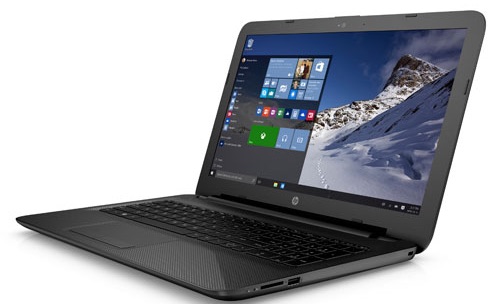 This HP 15.6-inch laptop is one that I suggested in response to the forum question. There are some compromises made in order to keep the price affordable (the display resolution isn’t Full HD or touch capable, it doesn’t have USB 3.0 support and it’s a little on the heavy side), but it has an Intel Core i3 CPU with 8GB of RAM—which is sufficient horsepower to run the PC version of Minecraft—it has a whopping 1TB of storage and the Windows 8.1 it ships with is eligible for a free Windows 10 upgrade.
This HP 15.6-inch laptop is one that I suggested in response to the forum question. There are some compromises made in order to keep the price affordable (the display resolution isn’t Full HD or touch capable, it doesn’t have USB 3.0 support and it’s a little on the heavy side), but it has an Intel Core i3 CPU with 8GB of RAM—which is sufficient horsepower to run the PC version of Minecraft—it has a whopping 1TB of storage and the Windows 8.1 it ships with is eligible for a free Windows 10 upgrade.
If you’re able to move up a bit into the $700+ range, you’ll start to see laptops that offer a Core i5 CPU, which helps to provide a little more power overall. A good example is the ASUS R556LA-RS51, which has a dual-core Core i5 CPU and 8GB of RAM. At this price point, graphics are still supplied by an integrated graphics chip (Intel HD in the case of the ASUS), but you should be able to play many of the more popular PC games from the past few years at low to medium settings. This computer also meets the processor and graphics requirements for playing popular online games like World of Warcraft.
More graphically intense current generation games may still be off limits, though. It’s hard to get around that demand for a discrete video card …
Why no Chromebooks? Yes, they’re inexpensive and some are very highly rated, but gaming machines they are not. They can play some browser-based games, but I wouldn’t consider one to be used primarily for playing games.
Tablets
One of the biggest changes in gaming over the past five years has been the incredible growth in mobile gaming. Tablets have emerged as an excellent option for low cost gaming. They are much more portable than any laptop, usually offer better battery life and these days even the lower cost models offer high resolution displays. In terms of cost, the advantage is almost always going to be with the tablet compared to a laptop.
Apple’s 16GB iPad mini 2 is a good choice for someone on a budget, offering a Retina display and a balance between power and cost. I still use mine for gaming and haven’t yet run into a game that it can’t handle, although with just 16GB of storage I sometimes have to juggle apps. If you’re worried about this 2013-era hardware becoming outdated, the iPad mini 4 or iPad Air 2 have the latest CPUs, but are priced to reflect this.

I don’t usually suggest Windows tablets for gaming because the platform just doesn’t have the same app availability (Microsoft’s Surface tablets can run some full Windows PC games but their price isn’t in the “low cost” bracket), but Android is also a good choice.
Samsung recently released the affordably-priced Galaxy Tab A, but if its relatively low screen resolution is an issue, Lenovo’s TAB 2 A10-70 is popular with Best Buy customers (It has a 4.8-star rating) and offers a Full HD display plus Dolby Atmos 3D sound—both great for gaming.
Besides hardware cost, battery life and portability, another tablet advantage to factor in is the cost of the games themselves. PC games can get expensive, but games offered through the Apple and Google app stores are often a dollar or two apiece. Many are “freemium” meaning they cost nothing to play, with extras available to purchase. Even mobile versions of major titles from the likes of Electronic Arts often top out at $5 or $10, making it much more affordable to build up a game library for a tablet.
In the case of Minecraft, you’d be looking at Minecraft Pocket Edition when it comes to playing on a tablet.
Portable Game Consoles
As Plug-in blogger Dave Neufeld pointed out as part of that forum thread, portable game consoles like the Playstation Vita are also worth considering.
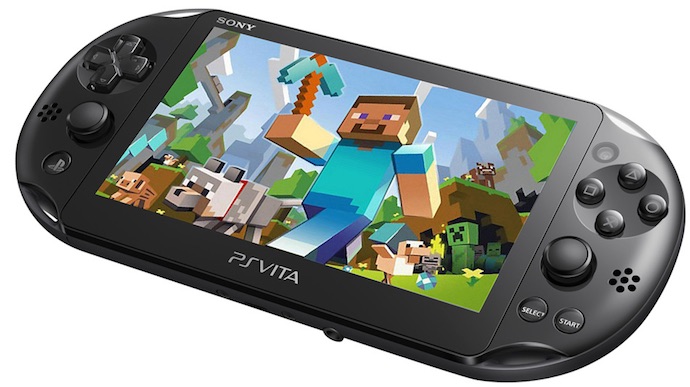
The Vita is less expensive than most tablets and pretty much any laptop, and offers an excellent Minecraft experience. My kids still won’t go on any road trip without their Nintendo 3DS handhelds and while the games are more expensive than tablet versions, they also tend to be a bit more polished and the physical thumb pads and joysticks offer better controls.
The downside to portables is their small display and the fact that they are essentially single-purpose devices. If all you care about is low cost gaming, they’re definitely worth considering, but they won’t pull double duty for typing out a History essay or streaming movies on Netflix the way a laptop or tablet can.
Hopefully this shows that despite the heavy hardware demands of today’s PC video games, it is possible to play games like Minecraft on the go without spending a fortune.















